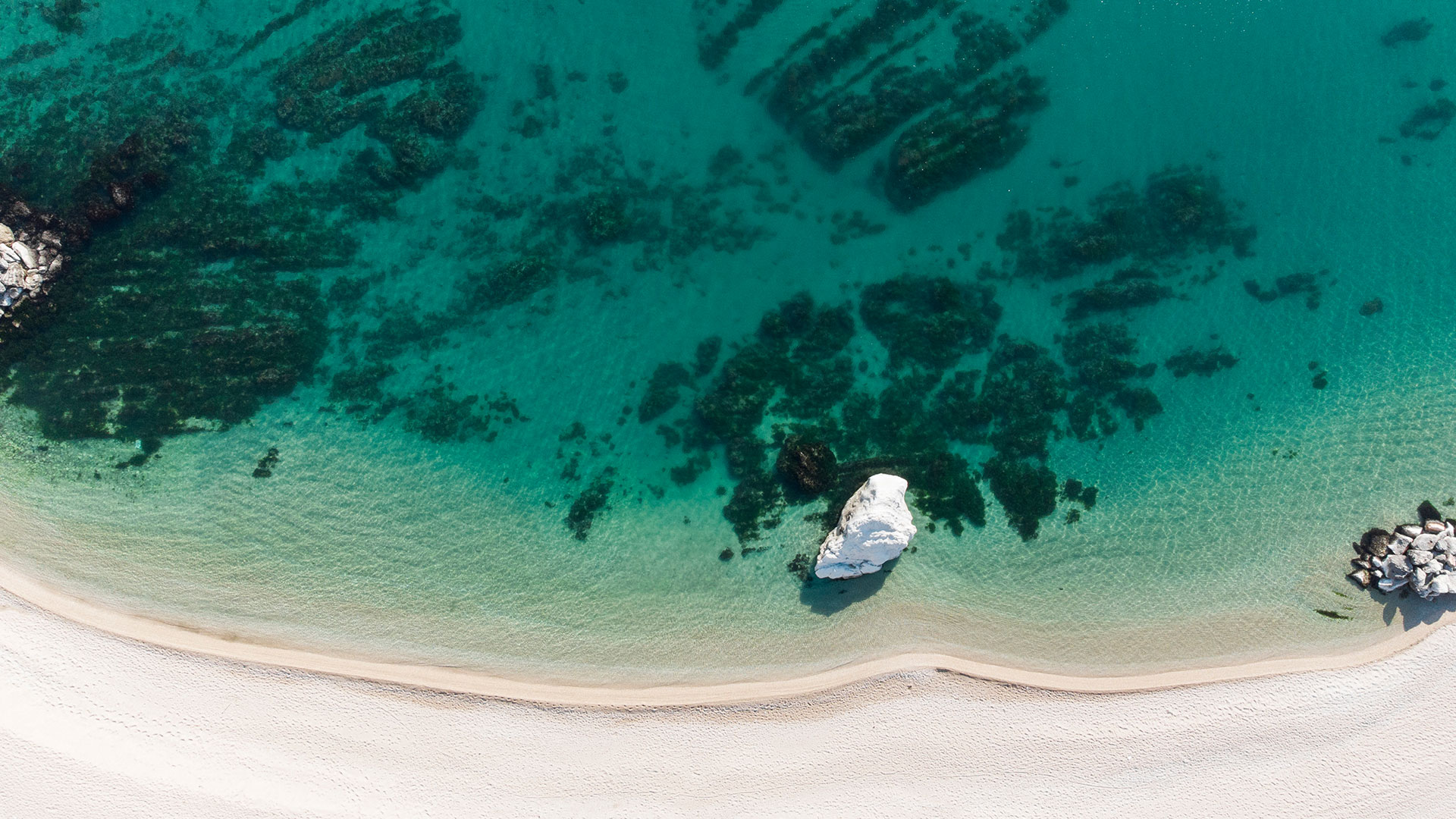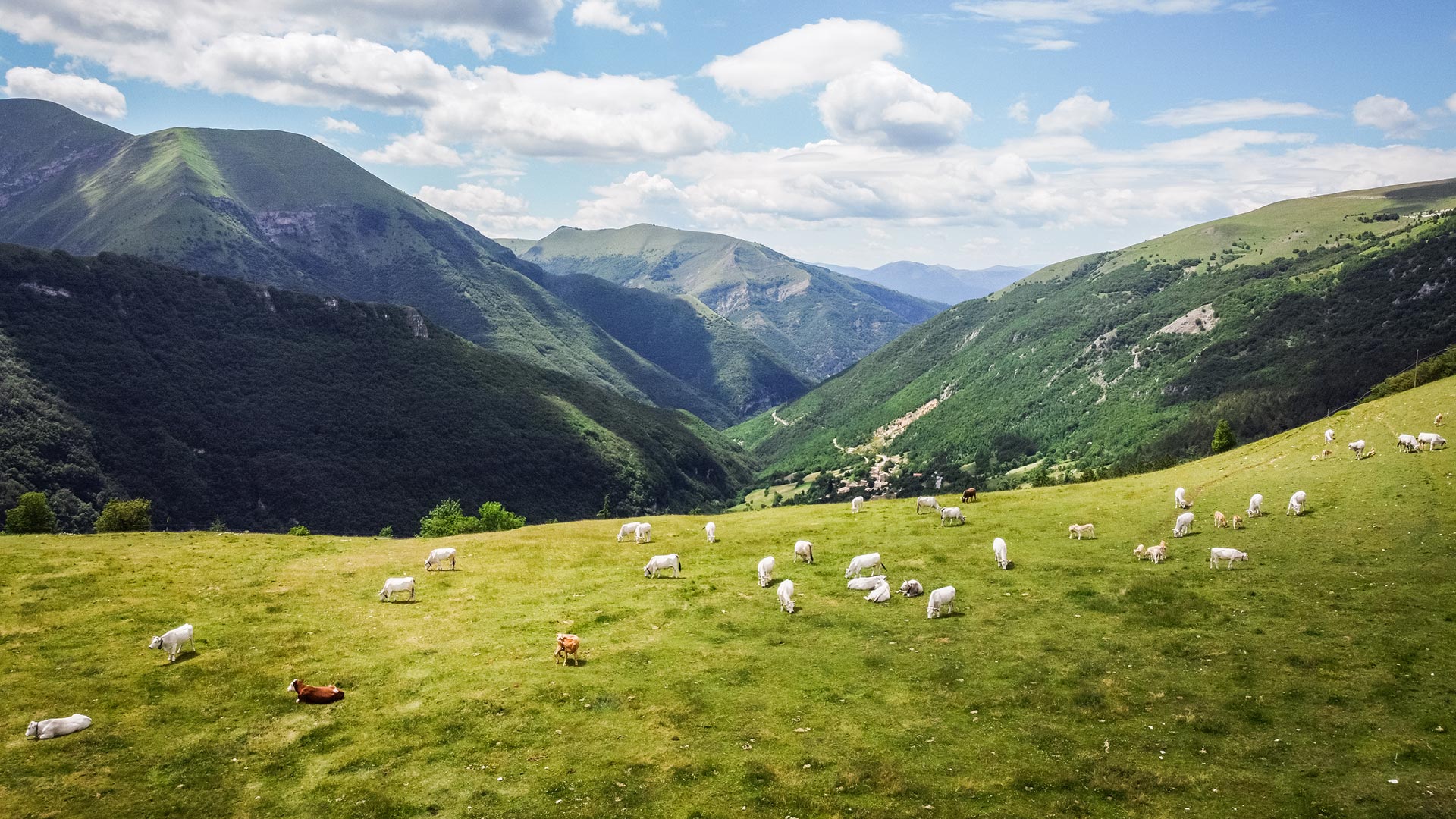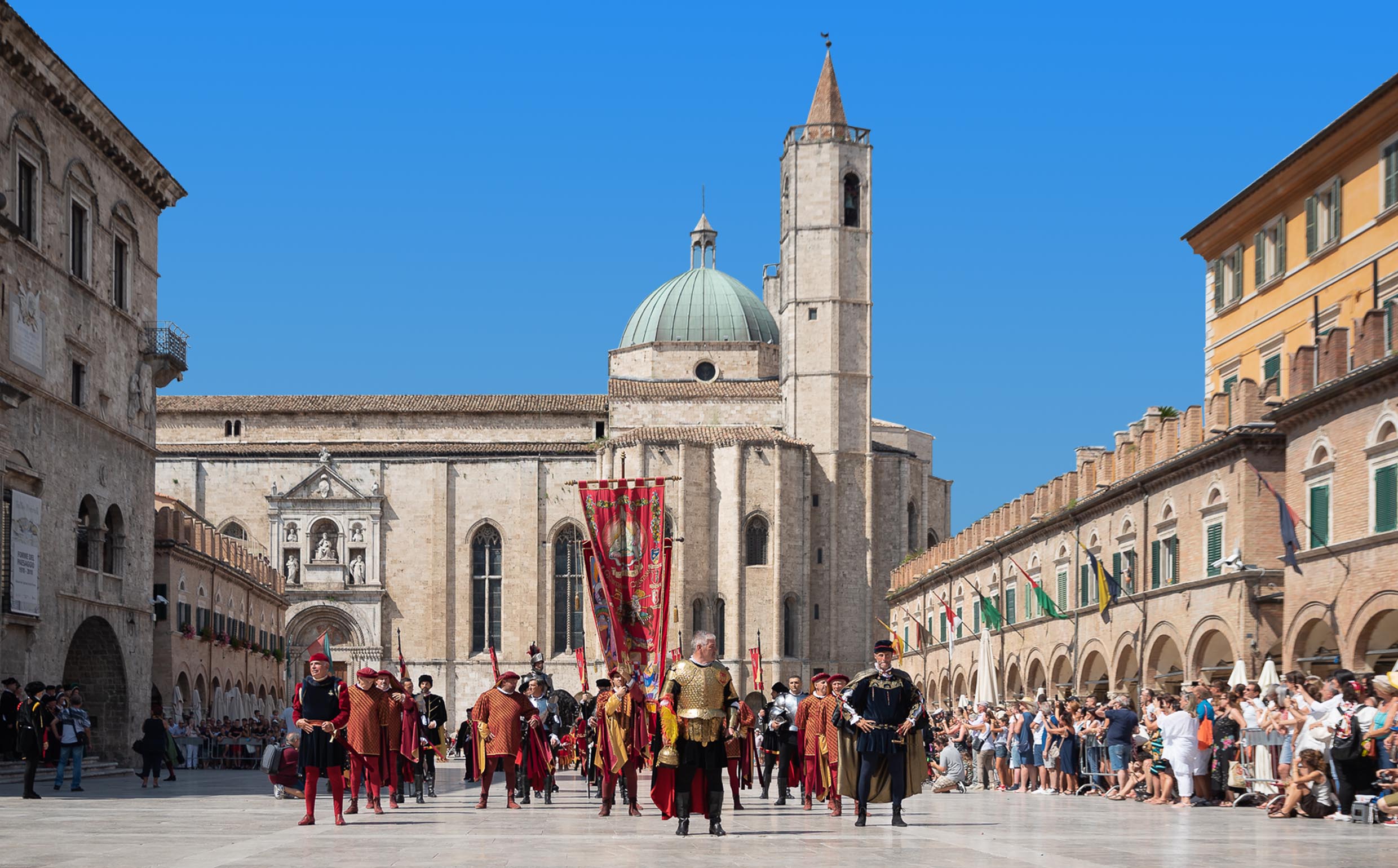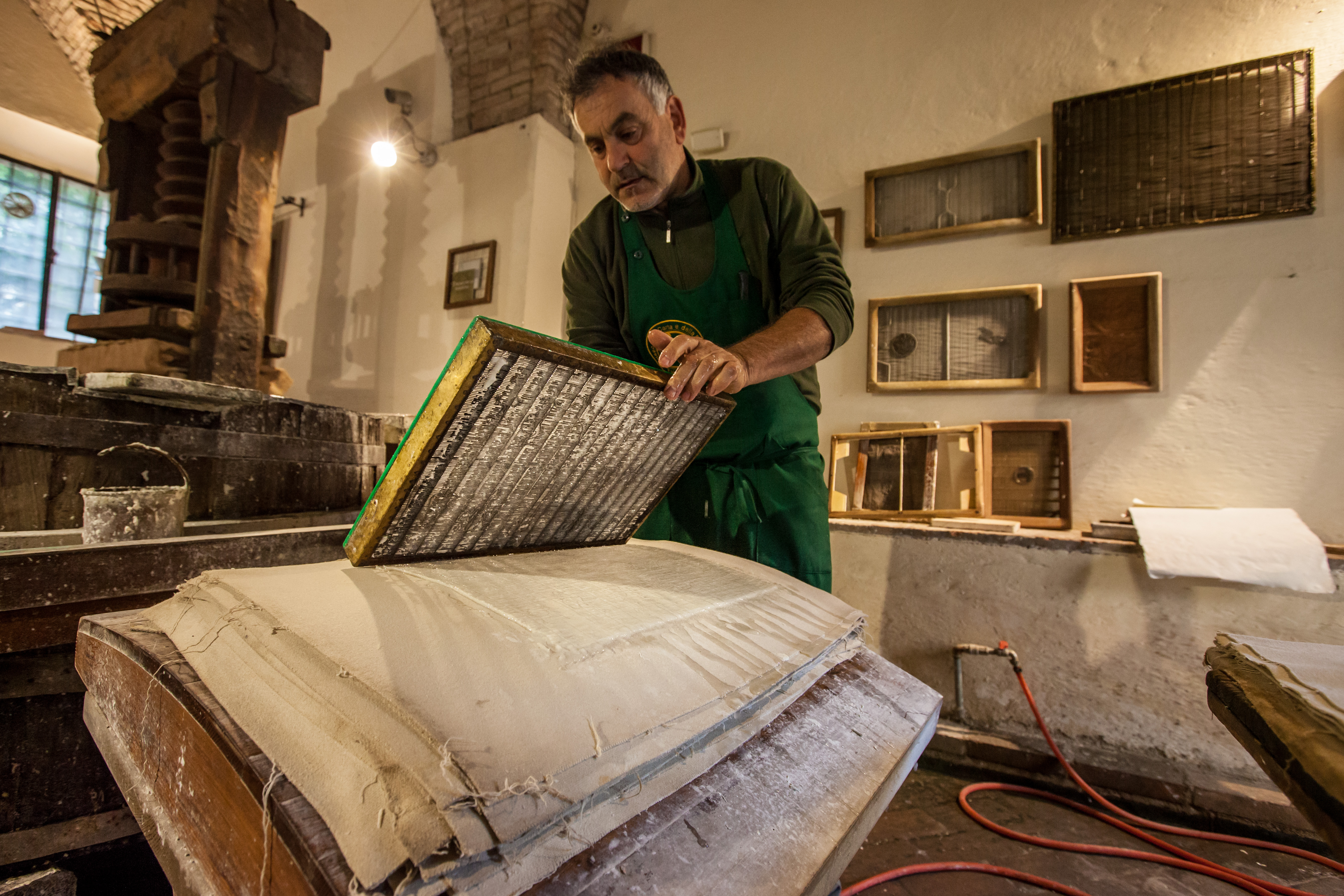Archaeological sites - Marche Tourism
The cultural heritage
According to Festus, the name Picenum derives from the fact that the Sabines migrating towards Ausculum Picenum (present-day Ascoli Piceno) were warriors who followed a woodpecker (picus in Latin), a bird sacred to Mars. That’s the reason why they were called Piceni or Picentes. The discovery of various cemeteries scattered between the rivers Foglia to the north and Pescara to the south, in Abruzzo, has revealed the existence – from the eighth to the first centuries BC – of what is known as the Picene culture, which flourished in the area in central Italy bordering the Adriatic Sea before the Romans muscled in. The most important burial sites, with rich grave goods, have been found in Novilara (province of Pesaro), Numana and Fabriano (province of Ancona), Matelica and Pitino (province of Macerata) and Belmonte Piceno (province of Fermo).
After being the site of a Bronze Age settlement and then an important Picene town, in about 390 BC. Ancona became the home of a group of refugees who arrived from the Greek colony of Syracuse, in Sicily; living with the Picenes, they set up a thriving port with trades in eastern Mediterranean Sea. The nearby town of Numana, an old Picene port, also had important trading relations with Greece. In the fourth and third centuries BC, the central and northern Marche up to Esino were occupied by the Gallic tribes known as the Senones. The most important settlements have been found in Arcevia, with splendid jewellery now shown at the Museo Archeologico Nazionale delle Marche.
After the battle of Sentino the Romans and the Picenes defeated a formidable coalition of Samnites, Etruscans, Umbrians and Senone Gauls. In the area between Camerino and Sassoferrato, the Romans occupied the territory of the Gauls, stressing its cultural distinctiveness by calling it ager Gallicus. Over the next two centuries they conquered the rest of the region, building roads, such as the Via Flaminia, which still connects Rome with Fano, and the Via Salaria, which they used to transport salt from Porto d’Ascoli. Along them, the Romans founded colonies and municipia (provincial cities whose citizens had the privileges of Roman citizens), evidence of which is still clearly visible today in the grid plans of a number of towns (Pesaro, Fano, Senigallia, Jesi, Ascoli Piceno) and in the ancient monuments, such as Trajan’s Arch in Ancona; on the Via Flaminia, the Arch of Augustus in Fano, Vespasian’s tunnel (76 AD) in the Gola del Furlo, and bridges, such as Ponte Mallio in Cagli, Ponte Grosso in Pontericcioli (Cantiano area); on the Via Salaria, Porta Gemina and Ponte del Solestà in Ascoli Piceno.
Pergola boasts the extraordinary gilded bronze statues of two equestrian figures and two women, which date back to the 1st C AD. They were discovered in 1946 in pieces, buried in a field.
The bronze sculpture attributed to Lysippus which was found in the waters off Fano are currently on display at the Getty Museum in Malibu, California. Numerous relics from Picene, Gallic and Roman times are to be found in the archaeological museums (Ancona, Arcevia, Urbino, Pesaro, Pergola, Cingoli, Urbisaglia and Ascoli Piceno) and the numerous archaeological parks (Fossombrone, Sassoferrato, Castellone di Suasa, San Severino Marche, Urbisaglia, Falerone and Cupra Marittima). Alongside the archaeological parks there are other archaeological areas: Colombarone in Monte San Bartolo Park, province of Pesaro and Urbino, Fenice in Senigallia and Potentia in Porto Recanati.
-
Archaeological parks
Archaeology is a key part of the cultural heritage. The various provinces in the region are home to 7 archaeological parks: Forum Sempronii, in San Martino del Piano (Fossombrone) in the province of Pesaro-Urbino, Sentinum to the south of Sassoferrato and Suasa Senonum in Castelleone di Suasa in the province of Ancona, Septempeda in San Severino Marche and Urbs Salvia in Urbisaglia in the province of Macerata, Falerius Picenus, in Piane, 2 km from Falerone in the province of Fermo, and Cupra Marittima to the north of the village of Cupra Marittima in the province of Ascoli Piceno. These parks are also home to museums.
-
Drama in the open air
In Roman theatres and amphitheatres you can enjoy amusing comedies by the Roman playwright Plautus or a compelling Greek tragedy. In summer, drama productions are staged in the 1st century AD Roman amphitheatre of Urbisaglia, in the province of Macerata, and the theatre in the Roman town of Falerio (modern Falerone, in the province of Fermo) dating from the 1st century AD. Both of these are located in archaeological parks with museums.









